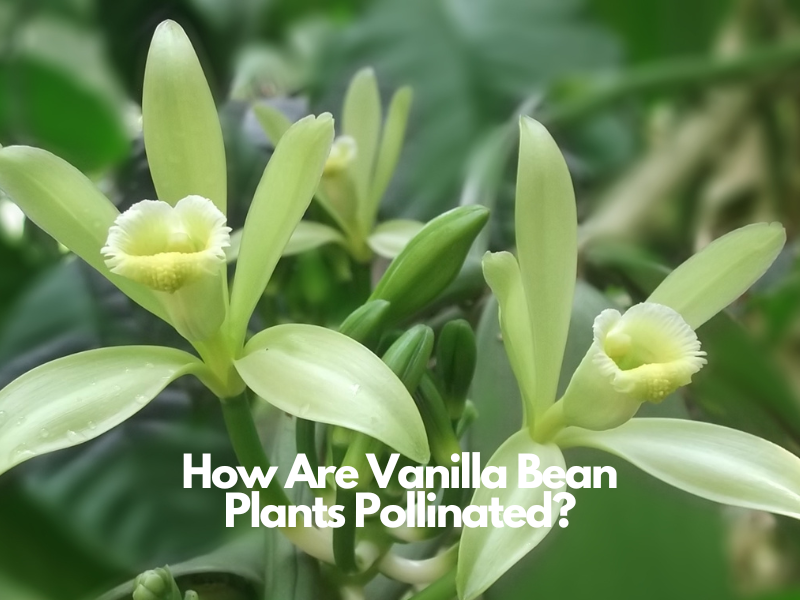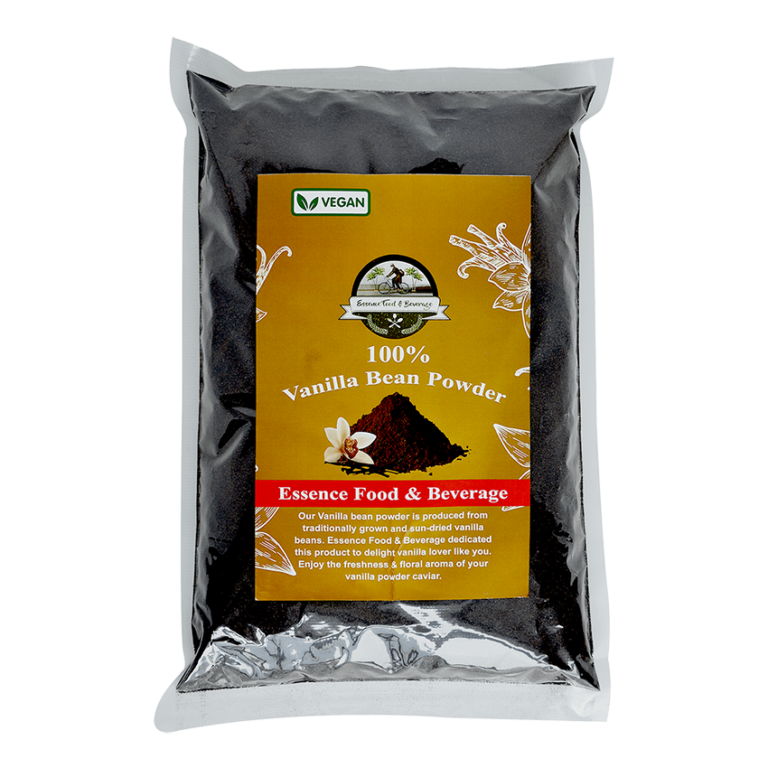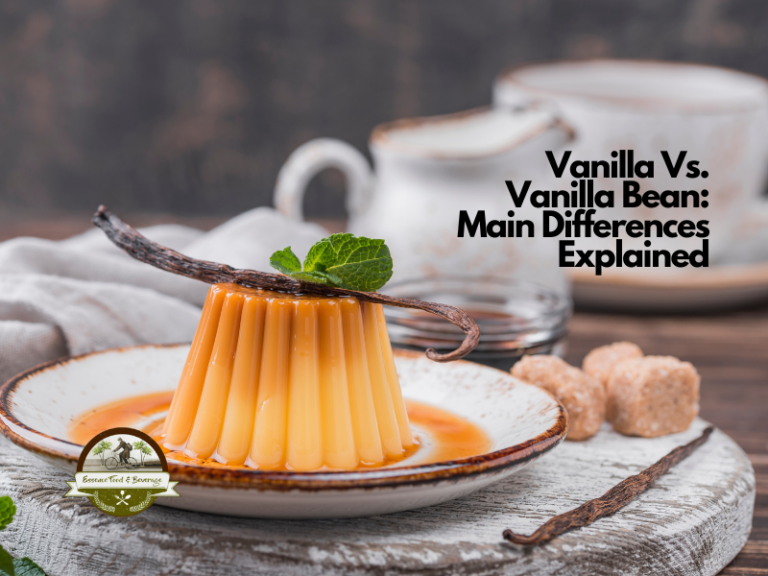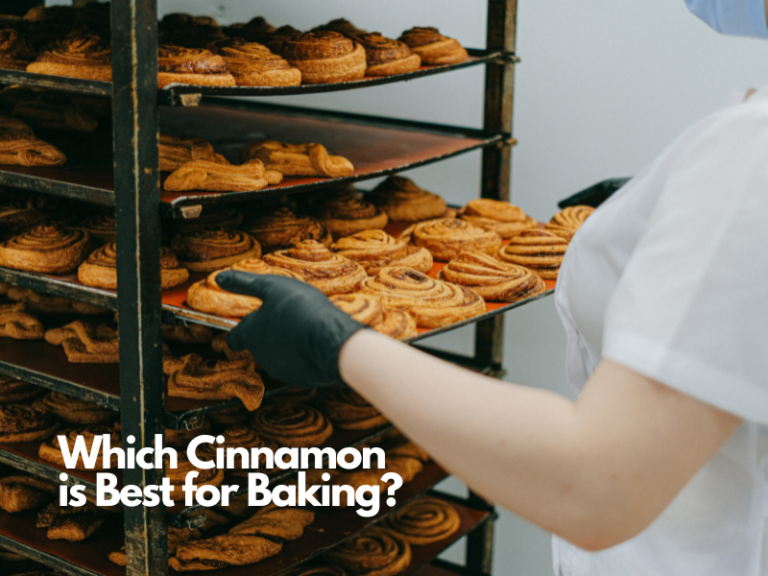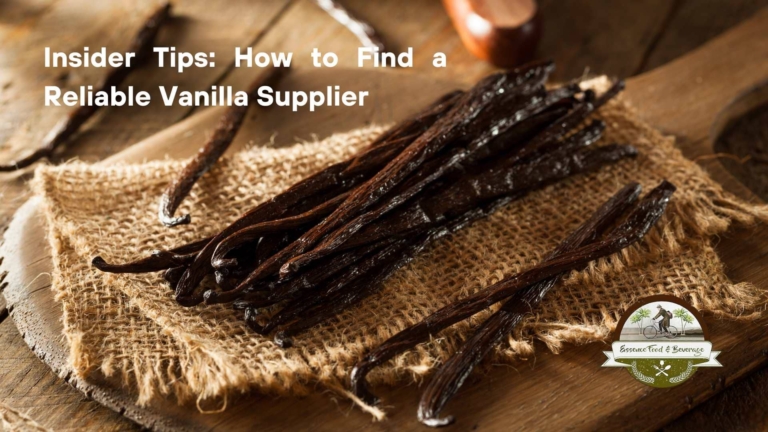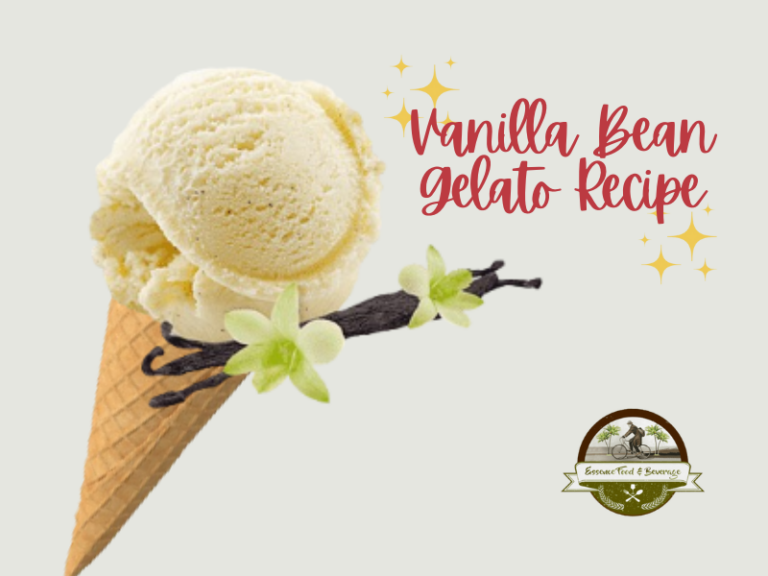Long before the creamy scoop of vanilla bean ice cream is served (9+ months before), it’s merely a cream-colored vanilla orchid in the tropical islands of Indonesia. Fragrant but not sweet just… blossom flowers. It takes extra help from either bees or humans to turn these not-so-ordinary flowers into vanilla beans in bulk, the all-natural flavor bombs you’re eating up now.
As a pastry chef or baker, you’ve probably used vanilla beans in bulk for your recipes many times. But have you ever stopped to think about the process of how vanilla bean plants pollinated and how it may affect their flavor? Growing and cultivating regular vanilla beans is an incredibly complex and intricate process, one which requires skilled hands and extensive knowledge. In this blog post, we’ll explore exactly what it takes to create high-quality vanilla beans in bulk.
Who Invented Vanilla Pollination?
Most of the vanilla beans we’re consuming today come from highly skilled vanilla farmers cultivating by hand. The vanilla industry was revolutionized by Charles Morren, a European scientist. However, the early method of hand pollination came with many drawbacks, from the time-intensive process to the high level of difficulty.
Fortunately, Edmond Albius (a slave from Réunion Island) found the cost-effective method to pollinate the vanilla plant in the 18th century. At the age of 12, Albius realized a tissue-like layer makes vanilla orchids unable to self-pollinate and did work in vanilla farming to help the vanilla plant pollinate.
Later, this technique was well-known among the other vanilla farmers, allowing steady production. The total volume of vanilla bean production in 1898 successfully reached 200 tonnes compared to 1867, when the total harvest of vanilla was only 2 tonnes.
Albius received very little recognition despite his brilliant contribution to the Réunion Island’s vanilla bean trade. When France announced the abolition of slavery, Albius was released and started to work as a servant. Things changed when Albius was arrested for theft and sentenced to 10 years. Albius was freed after 5 years. Thanks to the help of a petition for a major contribution to the Réunion Island’s vanilla farming. But this was not enough for Albius to live in prosperity. Albius lived a miserable end when he died in poverty in 1898. Today, the same traditional practice is utilizing for vanilla beans in bulk production in Indonesia, Mexico, Madagascar, and Uganda, to name a few.
Bee Pollination
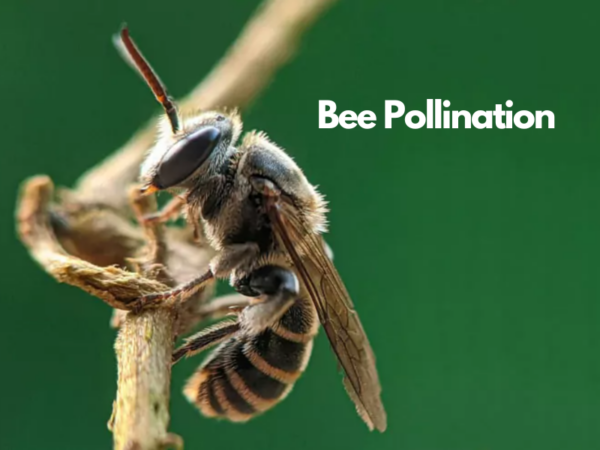
There are over 20,000 bee species in the world. Unfortunately, only 1 is capable of pollinating the vanilla orchids – the Melipona bee. The special capability of the Melipona bee was first discovered by Charles Morren (a Belgian botanist) in Mexico during the 18th century. Melipona bees are native to Madagascar only, and the bad news is that even its population is starting to degrade as chemical fertilizers threaten the bees’ ecosystem.
Indonesian Vanilla Farming

Indonesia is a prime place for vanilla plants to grow in rich volcanic soil and tropical climate. Under these perfect conditions and with the help of the farmers’ hand to hand-pollinate vanilla orchids, Indonesian vanilla farming relies on these factors to turn vanilla orchids into vanilla beans in bulk.
The hand pollination for vanilla plants in Indonesian vanilla farming takes place around October to January. There are 6 crucial steps in doing hand pollination for growing vanilla plants:
- For the starter, you need to tear open the petals to access the reproductive parts of vanilla orchids.
- Second, insert the needle into the bottom parts of the flowers and pull upwards to tear the petals.
- Third, look for the pollen’s flap once the reproductive parts are revealed.
- Then, move the needle to uncover the flap and fold the male part away.
- Before the last step, gently meet the male and female parts of the vanilla orchids to make contact.
- Lastly, check regularly for 2 to 3 weeks to see the outcome. If the vanilla orchids turn greenish-colored and swell, it’s time to let out a good cheer! On the flip side, if it reveals a yellowish-colored and withered… maybe just try again next time.
Indonesian vanilla farmers need to race against time to work within the optimal time frames to produce vanilla beans in bulk. Because vanilla orchids only bloom for several hours a day and natural pollinators of vanilla plants didn’t settle in this country. For this reason, Indonesian vanilla farming is highly dependent on the high skill of Indonesian vanilla farmers.
Buying Vanilla Beans in Bulk for Commercial Use from A Direct-Trade Vanilla Supplier
Hand-pollination is a complex process. Even after years of experience, there is still a high chance for the hand-pollination to fail. If you have no experience in growing vanilla plants before, it is wise to purchase vanilla beans from a vanilla supplier instead. This way, you can stay focused on baking baked goods.
Get the lowest price for Indonesian vanilla beans in bulk directly from Indonesian vanilla farming with us. Essence Food & Beverage, LLC provides a persistent supply of the freshest Indonesian vanilla beans in bulk from our single-estate plantations in Java Island, Indonesia. We deliver our spices in bulk to the United States with our fast delivery service to guarantee the freshness of your spices in bulk, including bulk vanilla beans.
Save more on Indonesian vanilla beans in bulk orders and expect continuing product guarantees from a direct-trade vanilla supplier. Check out our Indonesia vanilla catalog or request a quote for Indonesian bulk vanilla beans order here.


